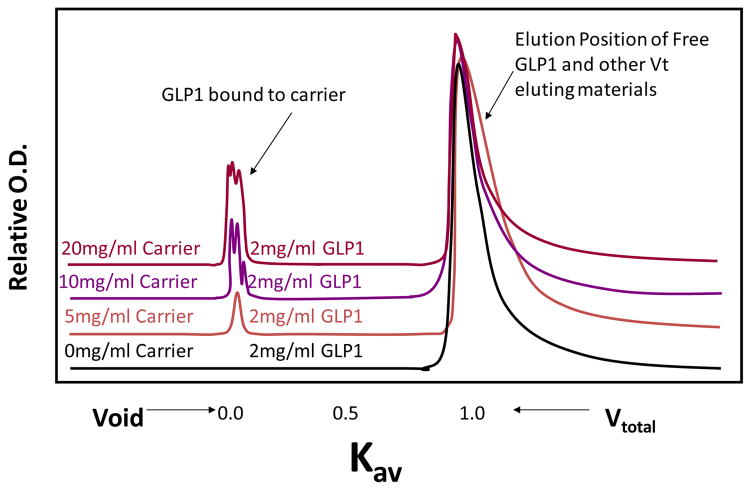Fig. 2. Gel Permeation HPLC chromatograms showing the extent of binding of GLP-1 to various concentrations of PGC-C18 carrier.
Four chromatograms monitored at 220nm are shown. The corresponding PGC-C18 signal was already subtracted from each of the chromatograms of the PGC-C18-GLP-1 mixtures, leaving only the signal due to GLP-1. As the amount of PGC-C18 in the mixture was increased from 0 mg/mL through 5, 10, and 20 mg/ml, the relative amount of GLP-1 carried by PGC-C18 from the total column volume (Vtotal) to the Void volume (Vo) increases. Chromatograms also demonstrate the stability of the complex between GLP-1 and PGC-C18; during the passage of the PGC-C18-GLP-1 complex through the column (0.78 × 30 cm; BioSEP S2000 column), the complex undergoes several thousand re-equilibrations (equal to the number of theoretical plates) driven by the thermodynamic equilibrium defined by Kd. If the interaction is weak, no GLP-1 should be present in the column void volume. The fact that GLP-1 co-elutes with the carrier at the Vo indicates strong interaction.

